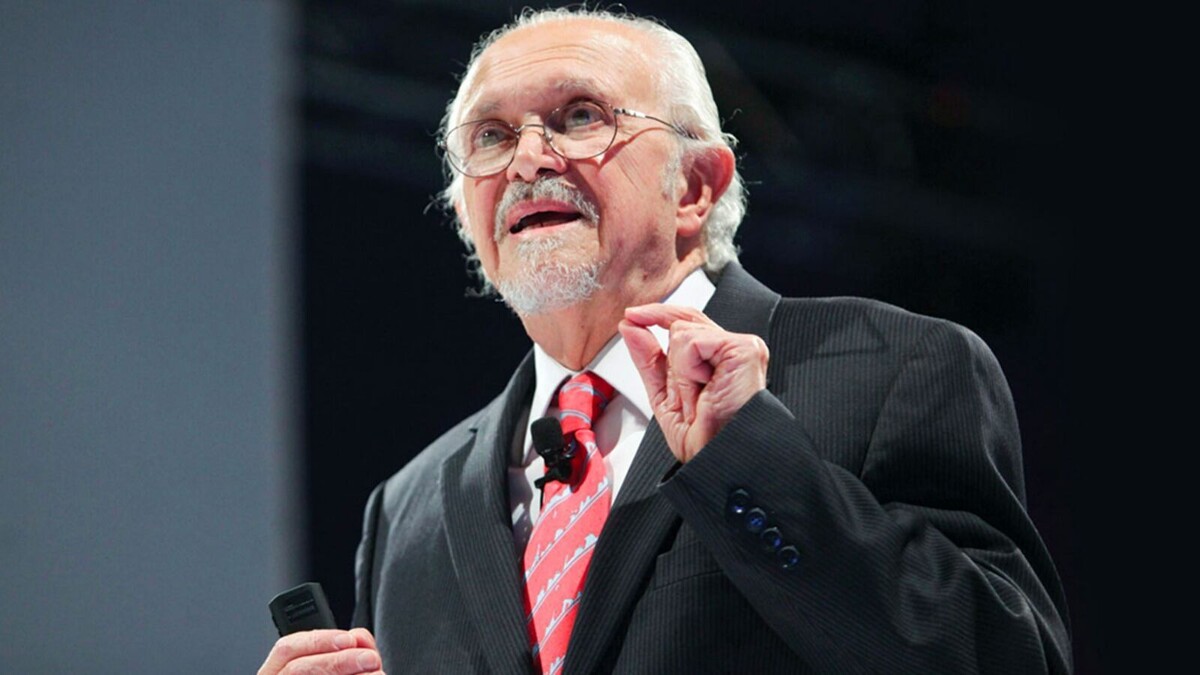
Mario Molina, a Mexican scientist, received the Nobel Prize in Chemistry in 1995 for his research that changed the course of the planet. Together with Sherwood Rowland, Molina discovered how chlorofluorocarbon (CFC) gases were destroying the ozone layer. His discovery led to a global mobilization to stop the production of these gases, which were present in popular products such as air conditioners and aerosols.
CFCs, valued for their stability and safety, turned out to be an invisible threat to the ozone layer, which filters ultraviolet radiation from the sun and protects life on Earth. If the emission of CFCs had not been halted, the damage would have been irreversible, with devastating consequences for human health and ecosystems. Molina and Rowland's discovery led to a global effort to curb the impending environmental crisis.
The Montreal Protocol, signed by 197 countries in 1987, was a historic milestone that committed nations to phase out CFCs and take measures to protect the ozone layer. Thanks to this concerted action, the ozone layer has begun to recover, although it is expected to reach healthy levels again by 2065. Molina's legacy is a reminder of the power of science and collective action to address humanity's most pressing environmental challenges.













